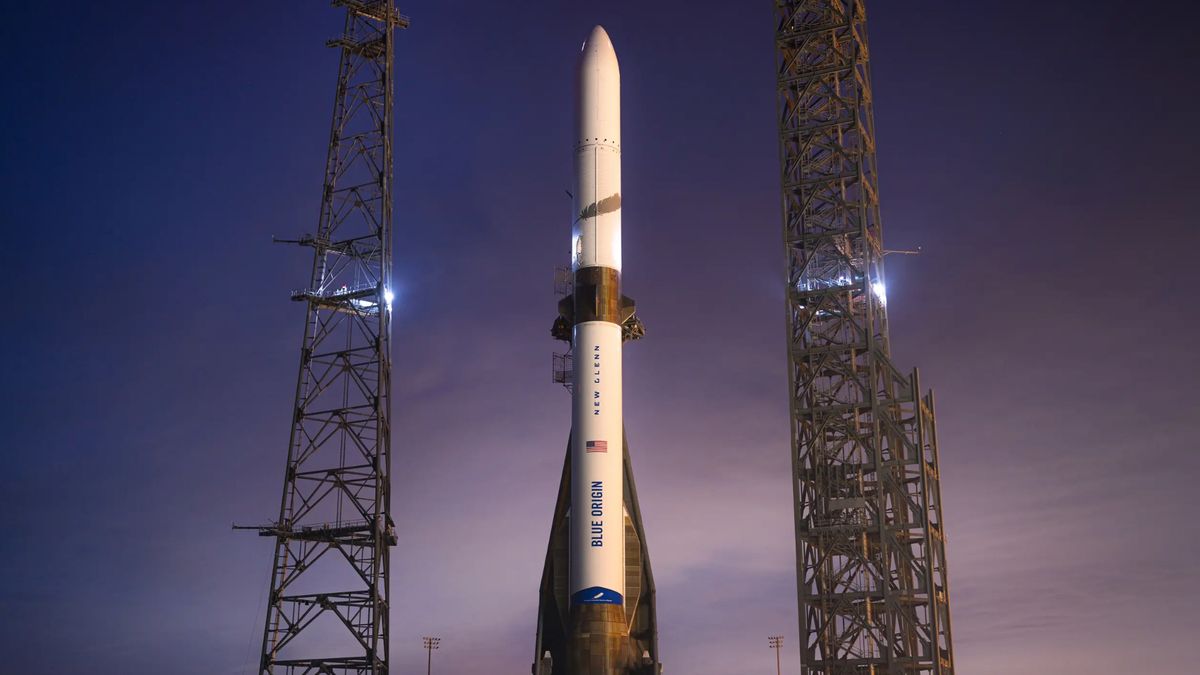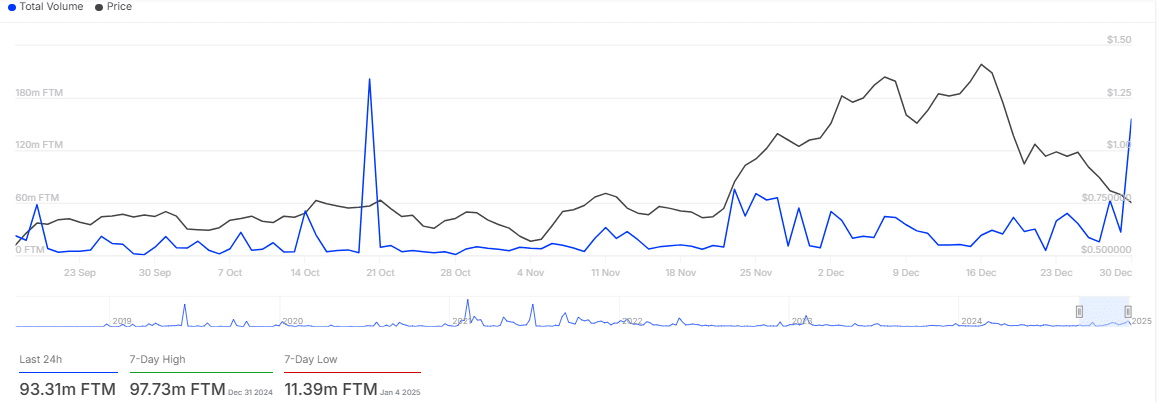Abstract
Red-blooded neritimorph gastropods in the subfamily Shinkailepadinae are specialists of chemosynthesis-based ecosystems, with the most diverse genus Shinkailepas endemic to deep-sea hydrothermal vents. All described Shinkailepas species have so far been from the western Pacific, despite reports of unidentified Shinkailepas from the Indian Ocean in the literature for decades. Here, we use an integrative approach to characterize and describe these Indian Ocean vent neritimorphs for the first time, based on material collected from the Carlsberg Ridge (CR) and the Central Indian Ridge (CIR). We name two new species: Shinkailepas tiarasimia sp. nov. from both the CR and the CIR, and Shinkailepas cornuthauma sp. nov. from the CR. A combination of shell and epipodial lobe characters reliably separate these new species from their described congeners. A phylogenetic reconstruction of all known Shinkailepas species using 658 bp of the mitochondrial COI gene reveal two separate major clades within the genus, each with an Indian Ocean species—implying two independent colonizations of Indian Ocean vents by separate lineages. Our finding of two new species on the CR, including one not known anywhere else, underscores the unique biodiversity at these vents and strengthens the case for protecting them from potential deep-sea mining activities.
biodiversity, biogeography, COI mtDNA, Gastropoda, Indian Ocean, new species, phylogenetics, taxonomy






Leave a Comment